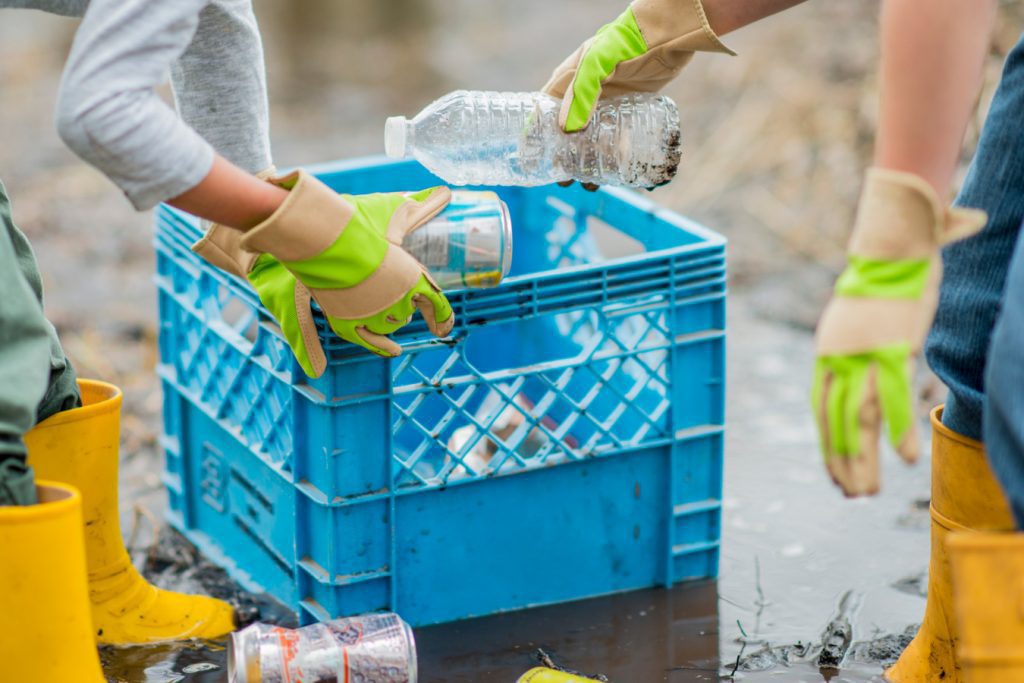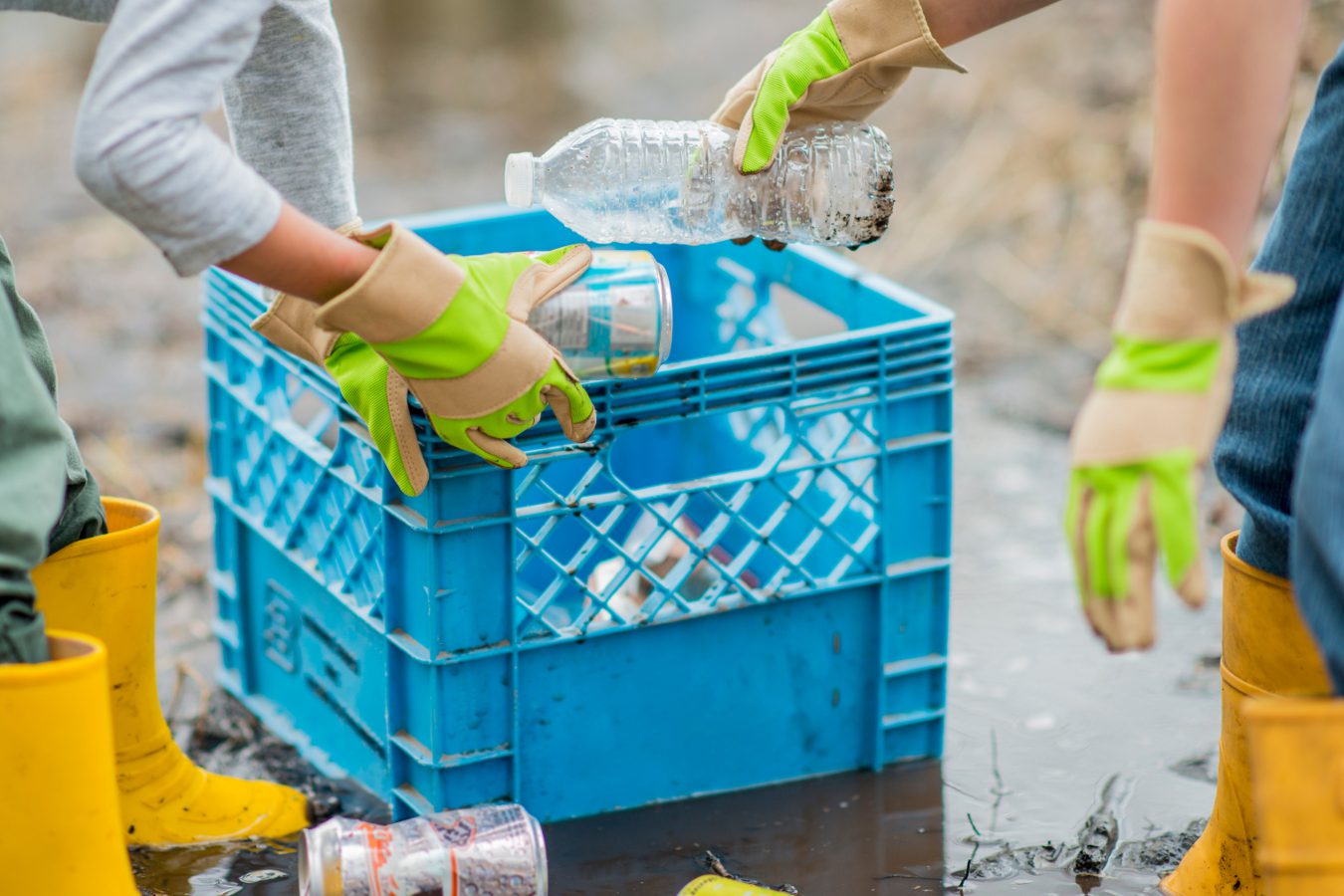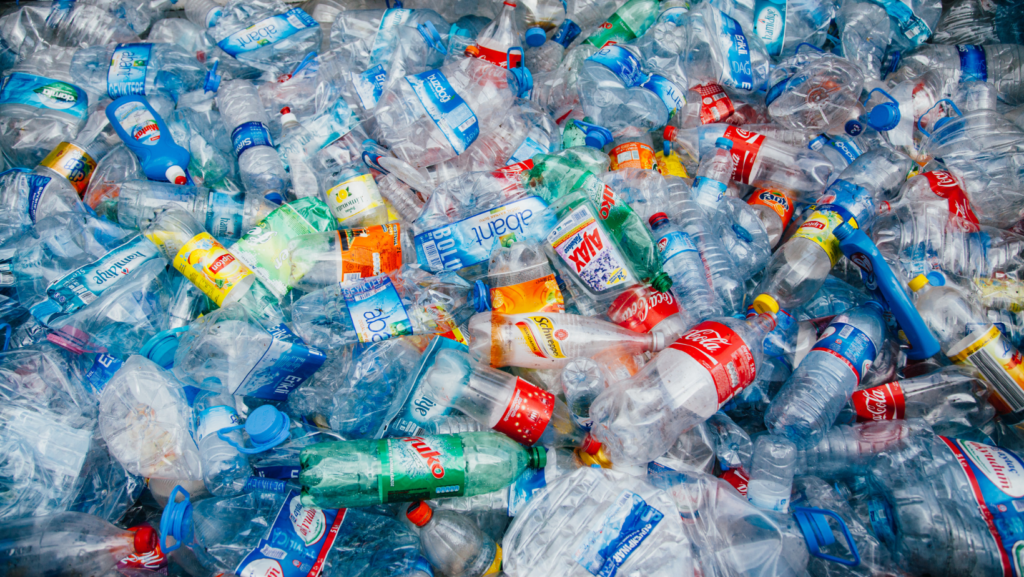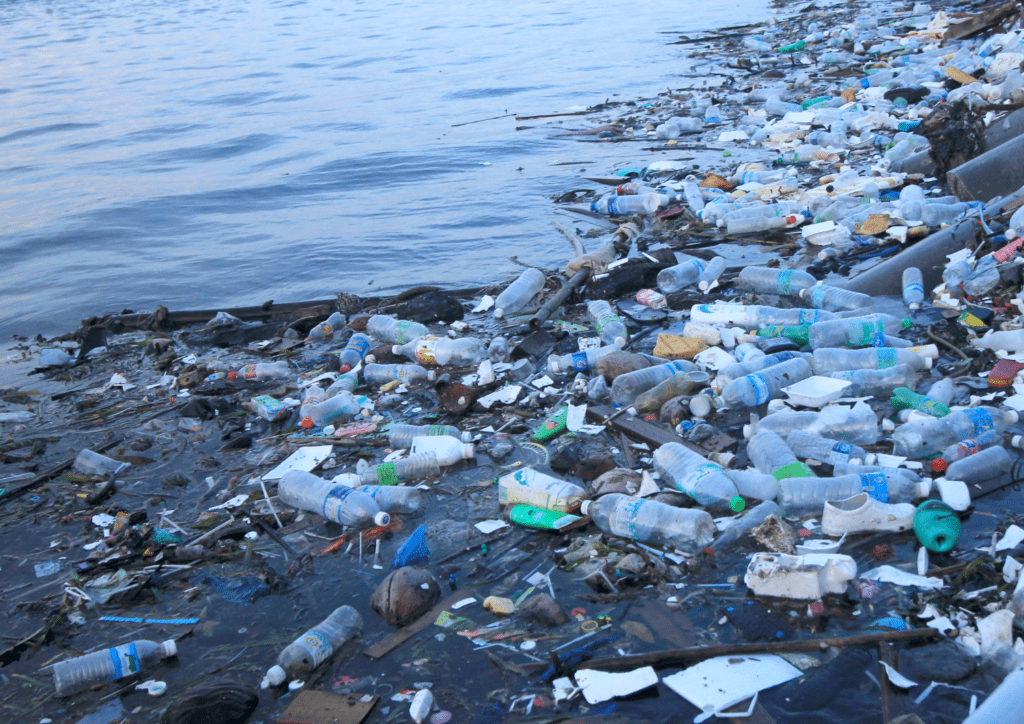If you saw media coverage of the G7 meeting in Charlevoix, Quebec, last weekend, it was probably something to do with Trump and Twitter. What you might not have seen, however, was that it was actually a truly momentous day in the fight against plastic pollution. This past weekend, five of the G7 leaders (France, Italy, Germany, Canada, and the UK) agreed to a landmark Plastics Charter, which has the potential to change our relationship with plastics forever.

The Charter recognizes the urgent threat of plastic pollution in our oceans and environment. It also commits the countries to support better design, collection, and management of plastics from their creation to end-of-life. Of course, as with most international agreements, the Charter is open to interpretation, but as first steps go this was a pretty big one. The true test will be how the Charter is implemented at home in each country.
Wondering how the G7 conversations on climate change went? Read Climate campaigner Patrick DeRochie’s blog here.
The good:
The Charter includes some 23 actions, including specific, time-bound targets, which signatories agreed to take at home. The most encouraging of these are:
- That 55 per cent of plastic packaging be reused or recycled by 2030.
- A commitment to increasing recycled content in plastic products by 50 per cent by 2030. This is important because it creates demand for recycled materials, and reduces our reliance on petroleum resources.
- A commitment to “significantly” reduce the unnecessary use of single-use plastics, by encouraging the use of alternative materials.
This is good news. And we are encouraged, and frankly surprised, to see recycling and recycled content targets included in the Charter.
The not-so-good:
One limitation of the Charter is that there are several references to “recovery” as a solution to plastic pollution. Recovery is just a fancy term used by industry and waste experts that really means burn the plastic. And while burning plastic is a way to recover energy from the waste materials, by definition it can’t be part of a circular economy. Once you burn plastic, that material can no longer make new plastic items. Instead, that means we have to keep on making new plastics from new fossil resources. Burning plastic also pollutes our air and contributes to climate change. If a type of plastic or plastic product can’t be recycled, it shouldn’t be used in the first place.

What’s next for the Plastics Charter?
This fall, ministers from the G7 countries will meet to work on the Plastics Charter in more detail. And the really good news here is that Canada says work is underway to build a national plastic waste strategy! We’re optimistic that Minister McKenna will have a draft ready for the fall Ministerial meeting, so Canadians will know how the Charter will roll out in our communities.
Over the next few months, the Federal Government must work closely with provincial, municipal and Indigenous governments to build a national framework for plastics that includes:
- Bans on plastics that can’t be efficiently recycled, or that contain toxic chemicals;
- A legally binding 85 per cent recycling target for single-use plastics by 2025;
- A 75 per cent minimum recycled content standard for single-use plastics, to drive the use of recycled materials in the creation of new plastic products;
- Legislation that makes producers financially and operationally responsible for collecting and recycling their products; and
- Support for developing countries as they build the legal frameworks necessary to keep plastic out of the environment.
If you agree, tell Canada to take action, and sign our petition. And in the meantime, say no to plastic whenever you can.










